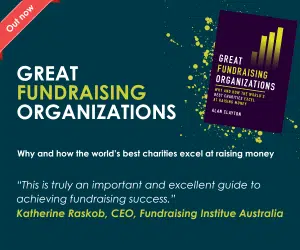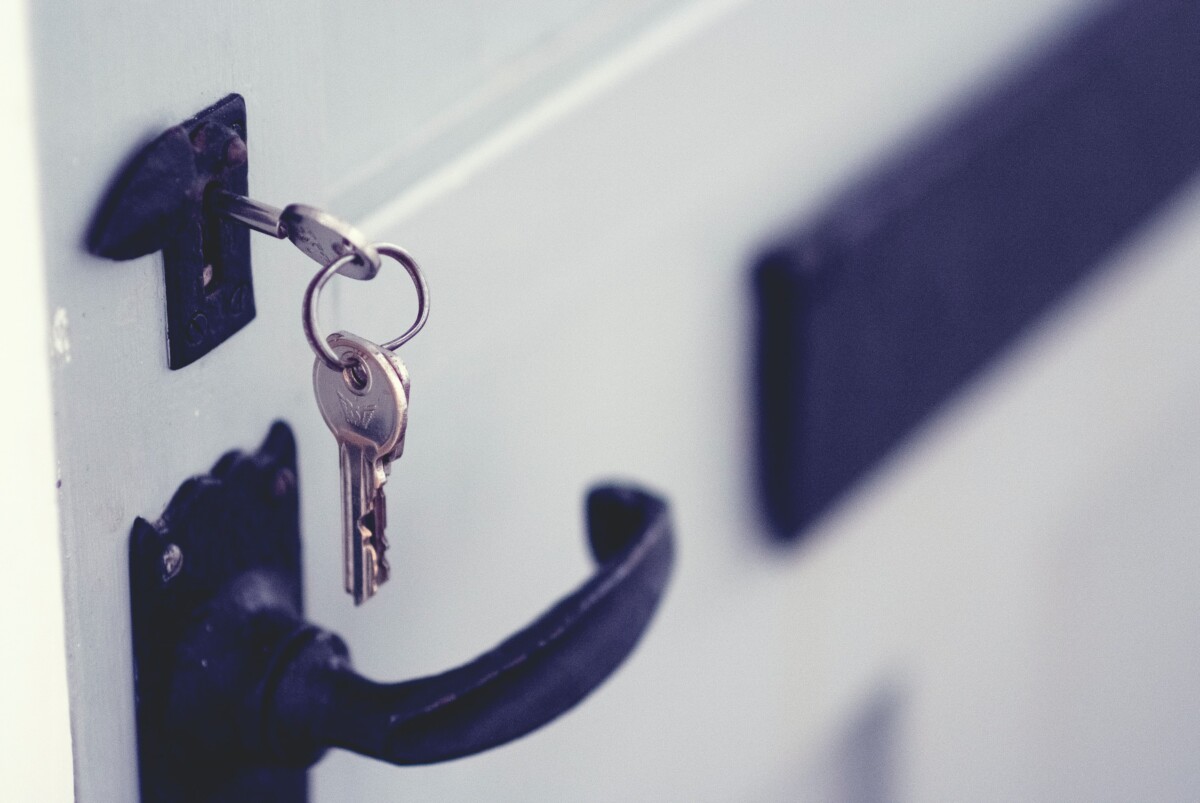How legacy and digital fundraising teams can work together more effectively
What’s the best way to reach prospective legacy donors? If a recent study is anything to go by, it could be Facebook.
The over 55s are the fastest growing demographic group on the platform and the second- biggest demographic group in total, after 16-34 year olds.
This demographic is a natural fit with many legacy fundraising strategies for whom older donors are central – yet many legacy campaigns remain tied to offline channels such as direct mail.
This means that many charities are missing out on reaching the estimated 28% of people who say they would like to leave a gift to charity, but haven’t.
However with many charities investing in their digital workforce, there is now more opportunity that ever for legacy teams to use digital to tap into, and even grow, the £2.8 billion left annually to charities in wills.
But where to begin?
Getting started
This was a challenge faced by Katie Wimpenny, Legacy and In-Memory Coordinator at homelessness charity St Mungo’s.
After a successful pilot of a digital free will campaign, Katie knew she wanted to further develop how she used digital to increase awareness and engagement among supporters around legacy giving.
So she approached the newly appointed Senior Digital Officer within the fundraising team for help.
Drawing from her experience of building a relationship from scratch, here are some practical tips on how legacy and digital teams can – and should – work better together.
1. Start together from the outset
At the beginning of a campaign, it can be tempting to get rolling straight away. But don’t forget to bring the digital team along for the ride, right from the planning stage.
Katie recommends, “If you can, sit near or next to your digital team while working on campaigns… make sure they feel they have equal responsibility and involvement of the campaign, and share successes with them.”
The digital team will have invaluable insights ranging from mistakes to avoid, to insights around budget planning and how and what to test.
Plus, digital teams will undoubtedly be pulled in many directions so this can help make sure that legacy fundraising doesn’t get relegated on their to-do list.
Advertisement
2. Respect what each other brings to the table
“Legacy marketing isn’t necessarily an area people think of when looking at digital channels. Working closely with the digital team brings in new knowledge about this area and how best to test creative, audiences and strategies,” says Katie.
Sometimes, it takes a fresh pair of eyes to help you think outside the box.
A great example of this is St Mungo’s new legacy awareness campaign, ‘What Does Home Mean To You?’, which was developed by their creative agency Flourish and managed jointly between St Mungo’s digital and legacy teams.
The innovative campaign tested new engagement techniques including video, a quiz and a bespoke email legacy journey to build up the legacy ask over time. These new ideas provide new ways of engaging their supporters and bringing the legacy message to new audiences.
3. Building skills and profile
With a lack of digital skills rated as the top barrier to progress for over half of charities, closer working relationships between legacy and digital teams makes sense.
It’s a great opportunity for legacy fundraisers to gain new skills and knowledge, such as testing different audiences, channels and strategies.
It’s also an opportunity for digital teams to learn more about legacies, and to raise the profile of legacy fundraising more widely.
Katie says: “A closer working relationship has also deepened understanding of legacy giving within the digital team, and has improved internal buy-in across the wider fundraising and communications team.”
And more skills can also help recruitment and retention – a recent survey from ILM found legacy fundraisers were more motivated by training and development than other specialisms.
4. Test and learn
Legacy campaigns are notoriously difficult to track, with campaigns sometimes taking years before you see a result. With digital, legacy fundraisers can now test and learn in real time.
Katie says, “I’ve learnt more about how flexible testing is online compared to offline, you can tweak copy and ads in real time if you know something isn’t working.
Results and insights are also more instant through digital channels, you know how many people your ads have reached and how many people have interacted with it.”
Digital teams can provide invaluable advice to help you navigate this process, helping you to find what works, maximise the return on your investment and justify more investment in future legacy campaigns.
5. It’s the start, not the end
Finally, don’t let your campaign be the end of your new relationship. At the end of the campaign, reflect on what you’ve learnt together and what you would do differently next time.
And keep each other up to date with changing developments. Of course, digital is constantly changing – recent changes to Google Ad Words and Facebook advertising are just a couple of examples.
But legacy fundraising is no less dynamic. With the growing popularity of online wills, the law consultation on the future of will-writing and more and more inspiring campaigns from the likes of St Mungo’s, there is lots to share with digital teams too.
Looking to the future
Many legacy fundraisers are already digitally-savvy. They know what a good email looks like, what tools to use for a social campaign and how to write for the web.
But to take your campaigns to the next level, and to build your own knowledge and skills, developing a good working relationship between legacy fundraisers and in-house digital specialists is essential.
Megan Veronesi is partnerships manager at Farewill, the digital will service.





